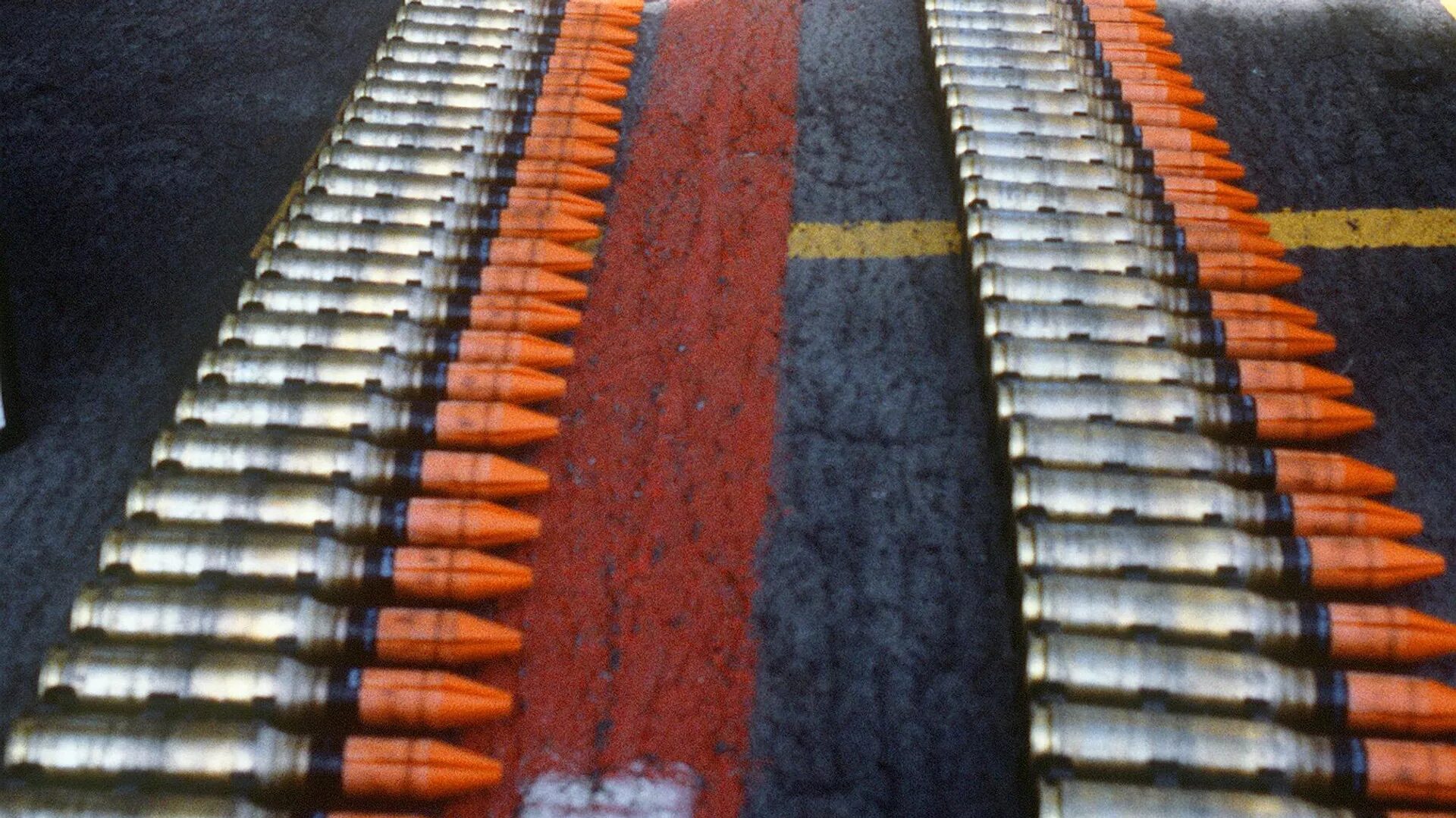
"We have sent thousands of rounds of Challenger 2 ammunition to Ukraine, including depleted uranium armour-piercing rounds," he said in a written answer to a parliamentary query.
Heappey did not give an estimate of the number of depleted uranium rounds fired by the Ukrainian armed forces, citing operational security reasons. The minister also admitted that the UK was not monitoring the locations from where these rounds were fired and added that his country was not obligated to help Ukraine clear up the depleted uranium rounds post-conflict.
Depleted uranium (DU) is used in armor-piercing shells due to its high density, as such missiles cause significant damage upon penetration. DU is less radioactive than unprocessed uranium, as it is mainly related to alpha particles, which do not penetrate the skin. However, it still possesses radiation hazard, as people may breath or ingest tiny radioactive particles, which means high risk of developing lung, lymph and brain cancer.
Such shells were actively used by NATO forces in Iraq during the 1991 Gulf War and the 2003 invasion, as well as in Yugoslavia during the 1999 bombing campaign. It resulted in massive contamination and raging cancer rates across the affected nations - as well as in some NATO troops.



The UK has done this in the knowledge that these shells will be used in an area with some of the world's most productive soils; that the world relies on to feed its people. Meanwhile Russia stopped using DU rounds years ago, instead opting to manufacture shells using other, more expensive, materials, knowing how indiscriminate the harm caused by DU is.
Meanwhile, the West has continued to use DU in it's so called areas of conflict, harming innocent peoples, with unimaginable birth defects, and possibly untold effects of genetic damage for untold generations.
And now a source of fertile ground has been contaminated for how long? In a landlocked area within the EU.
Who in their right mind would accepted one of the most previously fertile areas in Europe, as source of food, some considered it a breadbasket of Europe, who would consider this as a source of human food fit for consumption?